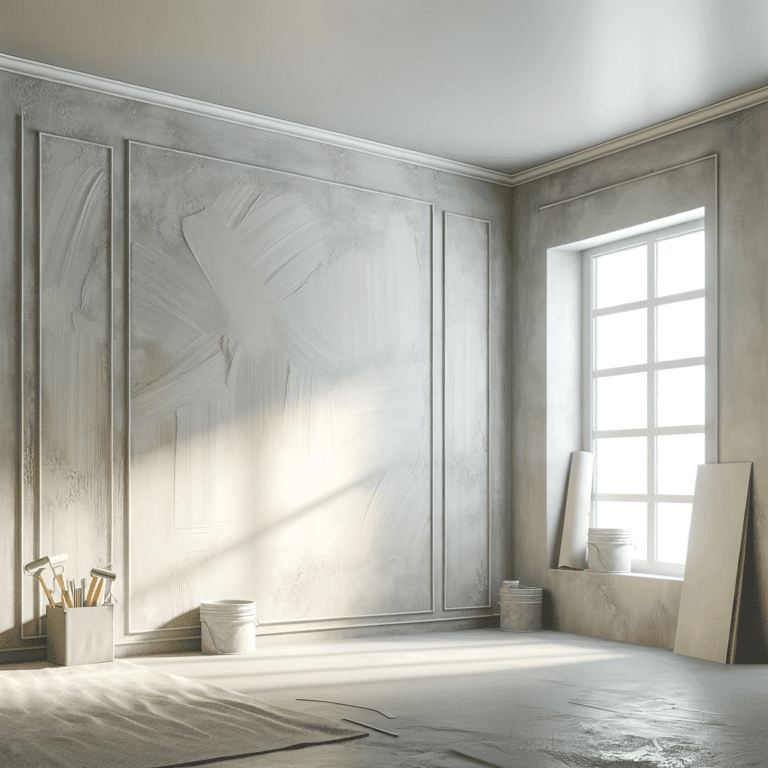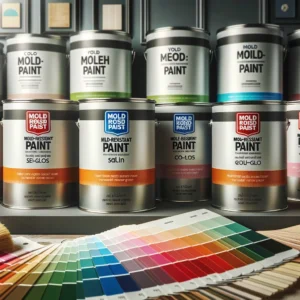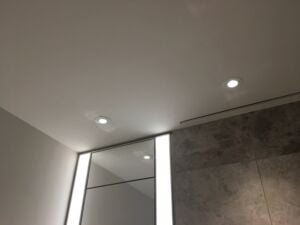
How to Prepare Your Space for Painting and Decorating
Preparing your space for painting and decorating is a crucial step that determines the success of your project. As a professional with years of experience, I’ve found that attention to detail in preparation can significantly impact the final look and longevity of your paintwork.






